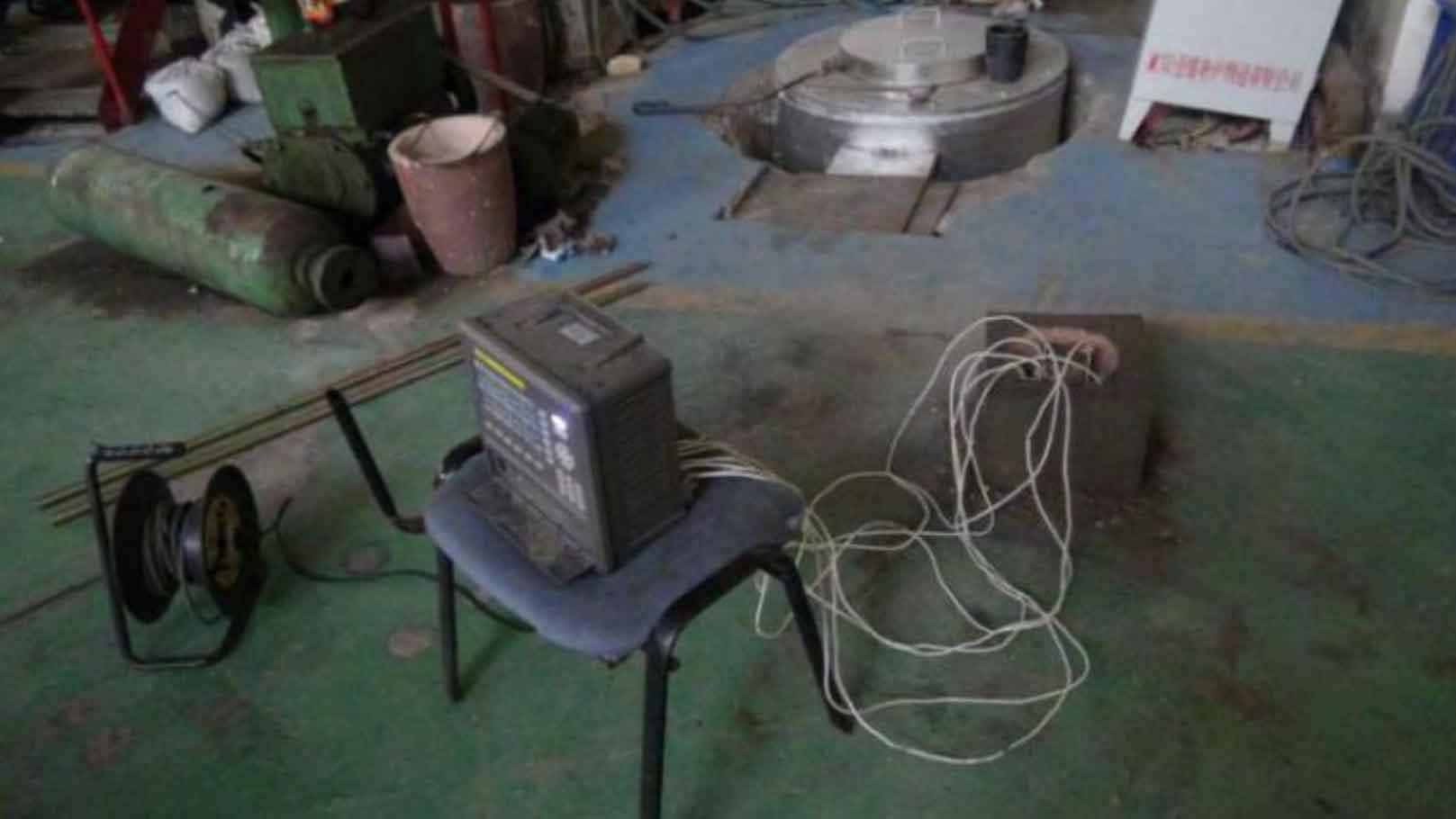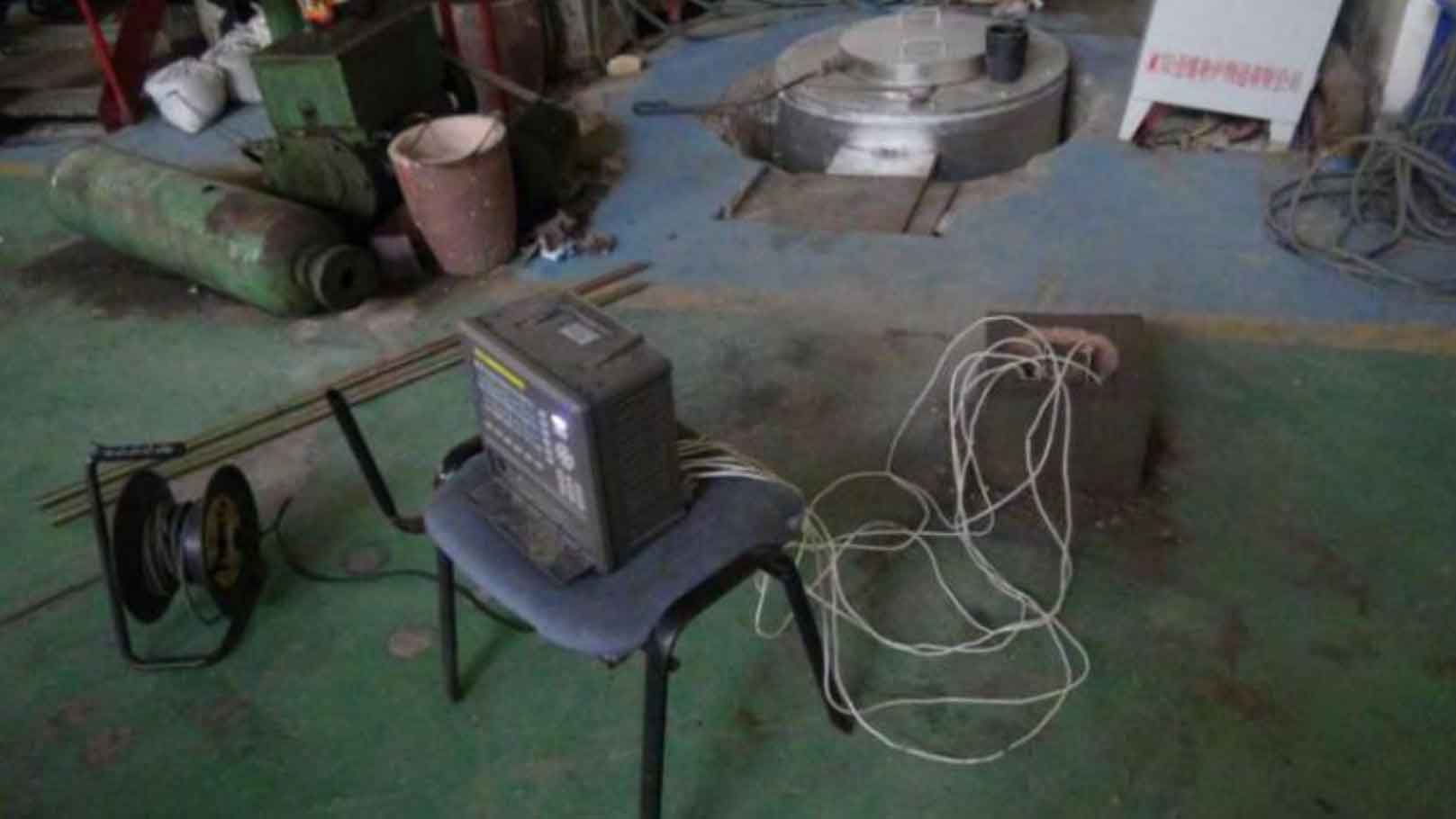For each sand casting process scheme, sufficient experimental preparations need to be carried out before the temperature measurement experiment, which can be divided into three parts: modeling process, experimental equipment inspection process, smelting and pouring process.
(1) Sand casting molding process
According to different process schemes, select the corresponding sand box and cut the pattern with the same size as the sand casting; use φ 4mm steel bar and perforated steel plate determine the thermocouple position, and then conduct manual modeling. The resin sand shall be molded and dried naturally after hardening for a period of time, and then the alcohol based zircon powder coating shall be evenly painted on the surface of sand mold and core, ignited and dried for subsequent tests.
(2) Inspection process of experimental equipment
Before the experiment, start the tp700 multi-channel temperature recorder, insert the cold end of the thermocouple into the slot of the instrument channel respectively, and detect whether the thermocouple can work normally through the temperature displayed. If the thermocouple is heated and the temperature rises, it indicates that the positive and negative electrodes of the thermocouple are connected correctly; If the temperature decreases to a negative number, the positive and negative electrodes are connected reversely, and the positive and negative electrodes need to be connected and exchanged. When the thermocouple is connected correctly, compare the data size of each group. When the data size of each group is close and there is no great change, the thermocouple can be used normally; When there is a large difference between groups of data, replace the thermocouple to ensure the accuracy of temperature test. The complete temperature measurement system is shown in Figure 1.
(3) Sand casting melting pouring process
ZL101 Aluminum alloy is melted in a well melting furnace with a melting temperature of 750 ℃. Before pouring, refining agent is added to exhaust and slag discharge the liquid metal, so as to ensure that the liquid metal has good fluidity and complete mold filling. The pouring temperature is 680 ℃, and the pouring time is controlled within 10s. After pouring, a layer of asbestos shall be quickly covered over the sand mold to ensure that only one-way heat transfer between the sand casting and the sand core and sand mold is carried out as far as possible. Collect the temperature of each point before pouring, and stop the temperature collection when the sand casting is naturally cooled to a temperature lower than 300 ℃. Pouring temperature measurement is shown in Figure 2.


